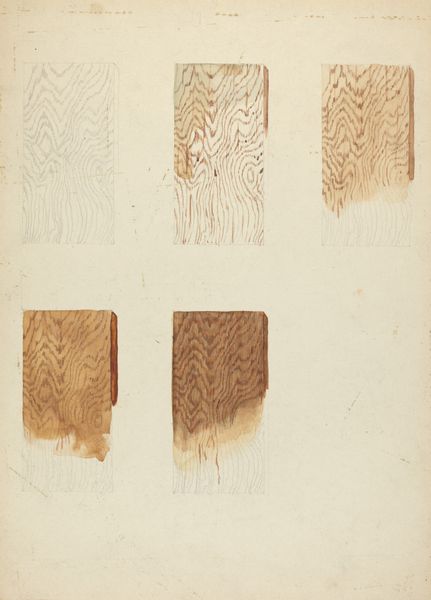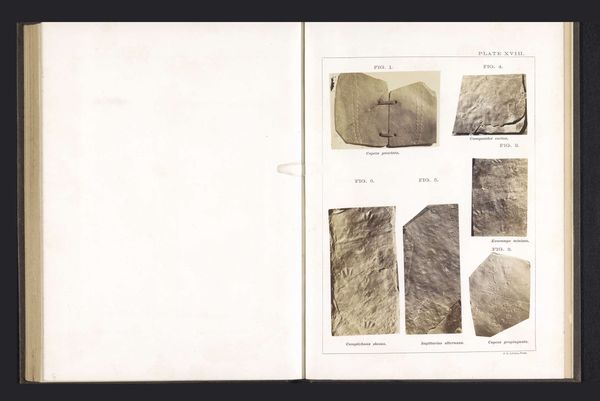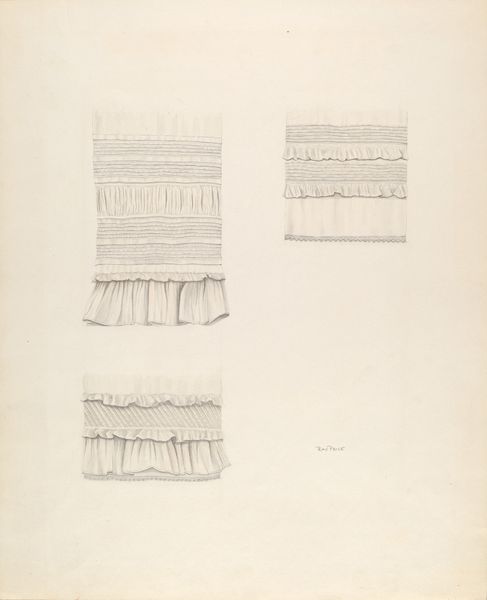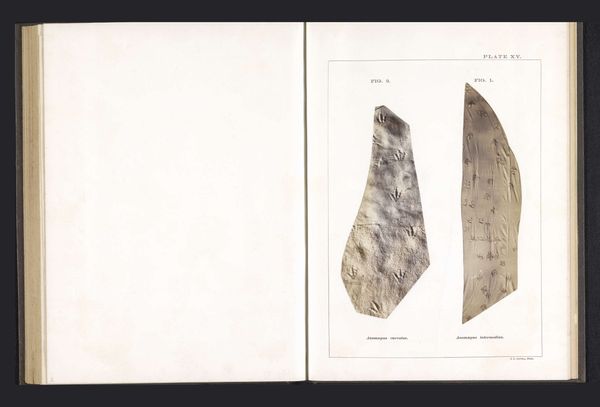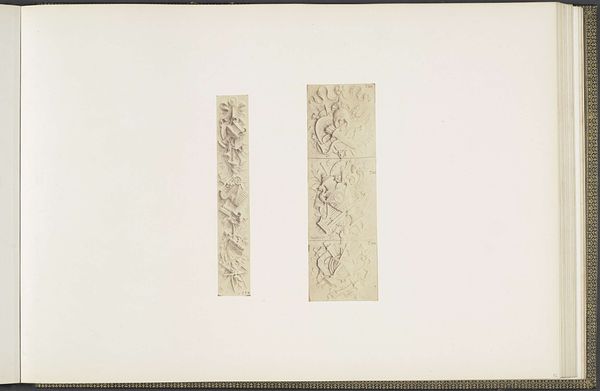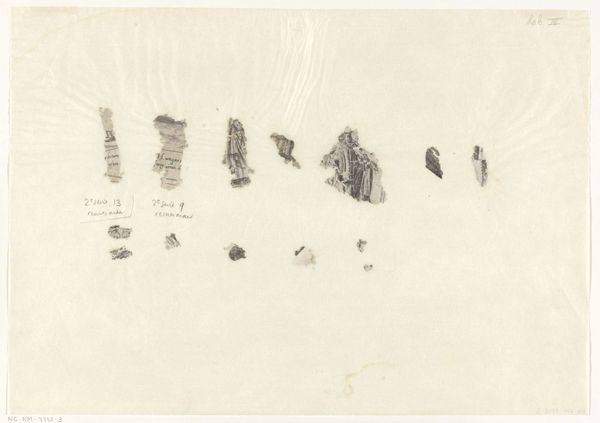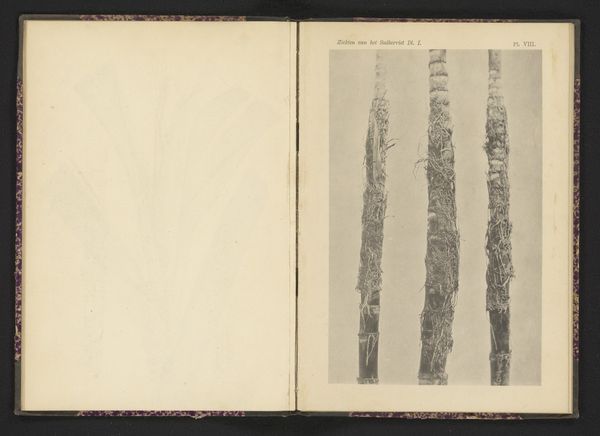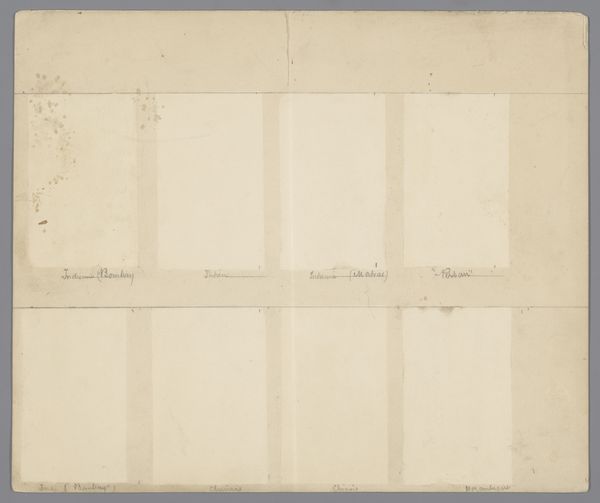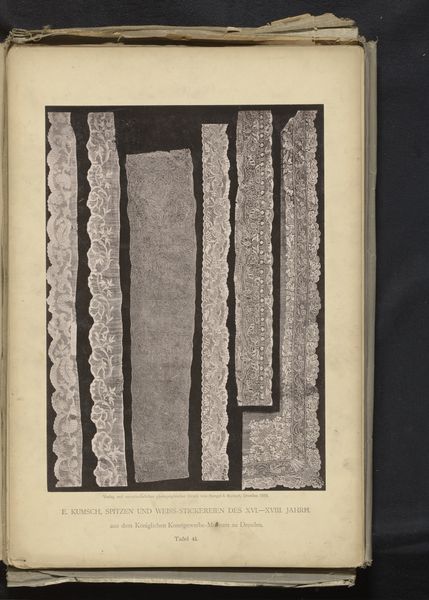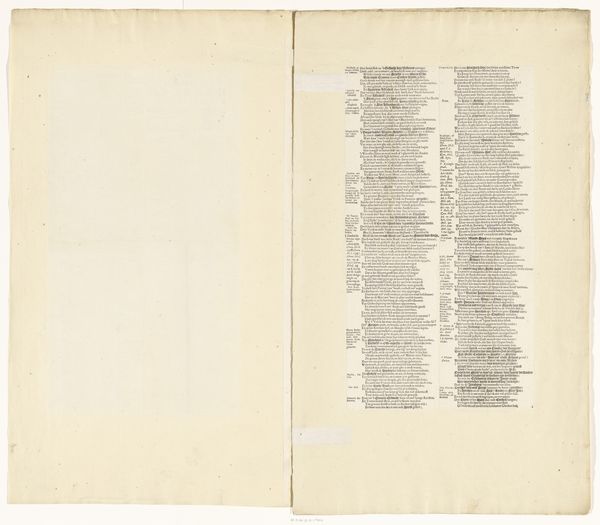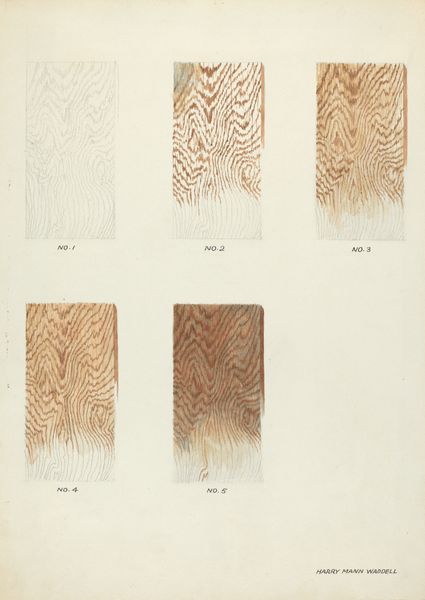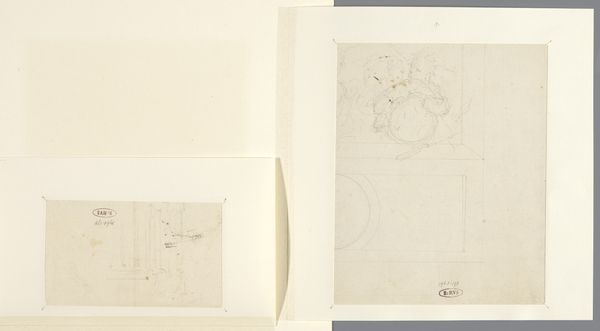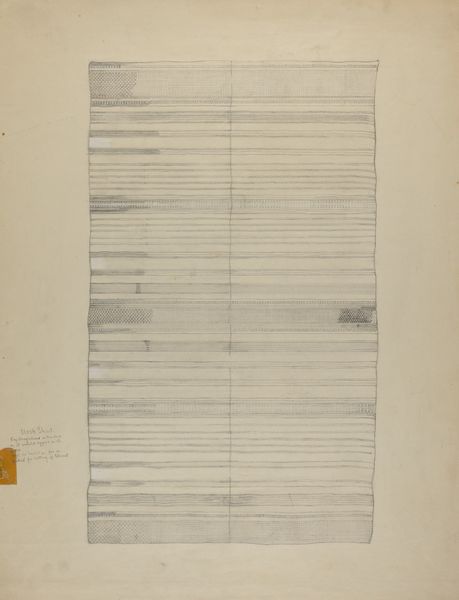
drawing, print, woodcut
#
drawing
#
16_19th-century
# print
#
woodcut
#
academic-art
#
realism
Dimensions: height 247 mm, width 344 mm
Copyright: Rijks Museum: Open Domain
Editor: This print, entitled "Doorsnedes van twaalf soorten hout," dating back to 1855, and created by Alois Auer, showcases cross-sections of twelve types of wood. The texture is what jumps out, the subtle variations in grain and color. What's your interpretation, focusing on the composition? Curator: Indeed, the variations in texture, as you noted, are primary. One observes a clear structural system—a grid organizes the samples. Consider the shapes themselves; regular, rectangular forms. This repetition, though perhaps functional, introduces a subtle visual rhythm. Editor: Do you think that the slight discolouration has impact? Curator: Certainly, it speaks to the work's materiality. Discolouration influences our reading of form; lighter patches creating highlights that emphasize texture. Auer directs our eye toward subtle tonal gradations. Are these artistic choices deliberate, or incidental to the printmaking process? It is open to consideration. Editor: I suppose there's a functionality, each sample being identified by label. How does text impact it? Curator: The typography acts as counterpoint to organic shapes; the uniform lettering creates visual structure that emphasizes precision. Text interacts meaningfully, by grounding observation with categorization, the semiotics creating tension between image and description. The two components combine with a singular vision. Editor: Thinking about structure has given me a fresh appreciation for it. Curator: Examining a work's construction, appreciating its composition and material properties opens a pathway to understanding. Auer's methodical presentation unveils how structure may be both aesthetically appealing and inherently informative.
Comments
No comments
Be the first to comment and join the conversation on the ultimate creative platform.
